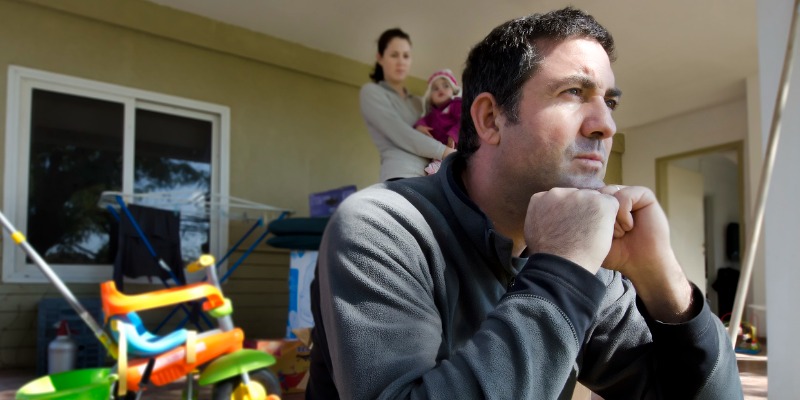Homebuyers and renters vastly outpacing number of homes in P.E.I.

Many Prince Edward Islanders are struggling with the high cost of housing due to a growing gap between housing demand and housing supply. The number of homebuyers and renters is vastly outpacing the number of homes available to buy or rent. As a result, home prices and rents will likely continue to rise.
Indeed, according to a new study, between 1973 and 2022 (the latest year of available data), Prince Edward Island’s population increased by 1.8 people (each year, on average) for every new home built (single-detached houses, townhouses, condos, etc.). Since 2016, however, this has changed dramatically. In the seven years from 2016 to 2022, P.E.I.’s population grew by 4.9 people (on average) per-home built each year—higher than at any other time on record, barring the single year of 1983. The gap between the number of homes produced and the number needed has never been so wide for so long.
Put differently, over the entire 50-year period, 812 housing units (each year, on average) were completed while population growth in the province averaged 1,196 people per year. In 2022 alone, P.E.I.’s population grew by 7,096 people per year, dwarfing the number of new housing completions (1,266).
Clearly, the province has accelerated population growth while homebuilding has stagnated. With population growth showing no signs of slowing, significant housing demand will likely persist.
Faced with this housing crisis, policymakers at all levels of government and of all political stripes are facing pressure to respond. But while more political attention to this longstanding problem is welcome, there’s also a risk that policymakers look in the wrong places for quick fixes. For example, they may introduce new tax subsidies for first-time homebuyers, which would increase demand without increasing supply. Or, like in P.E.I., continue a policy of rent control, which stunts the growth of new rental housing.
Policymakers—at city hall, in the King government, and in Ottawa—should work to close the gap between supply and demand. Of each policy proposal we should ask—does it increase demand? Does it restrict supply? If the answer to either question is “yes” it will not solve P.E.I.’s housing woes. In fact, it will make them worse.
Beyond new policies, there’s also the tough task of identifying and removing existing policies that either stoke demand or restrict supply. As tempting as it may be to introduce fresh new ideas, it’s important to remember that policy choices led us to where we are today, and that rethinking some of these past choices will be necessary to close the supply-demand gap. Many of these reforms will be difficult or politically sensitive, and reforms must be well-conceived and transparent. But Islanders elect their representatives to make difficult choices.
P.E.I. faces a historic gap between the number of homes needed and the number being built. Until meaningful efforts are made to close this gap, affordable housing will remain out of reach to an ever-greater share of Islanders.


